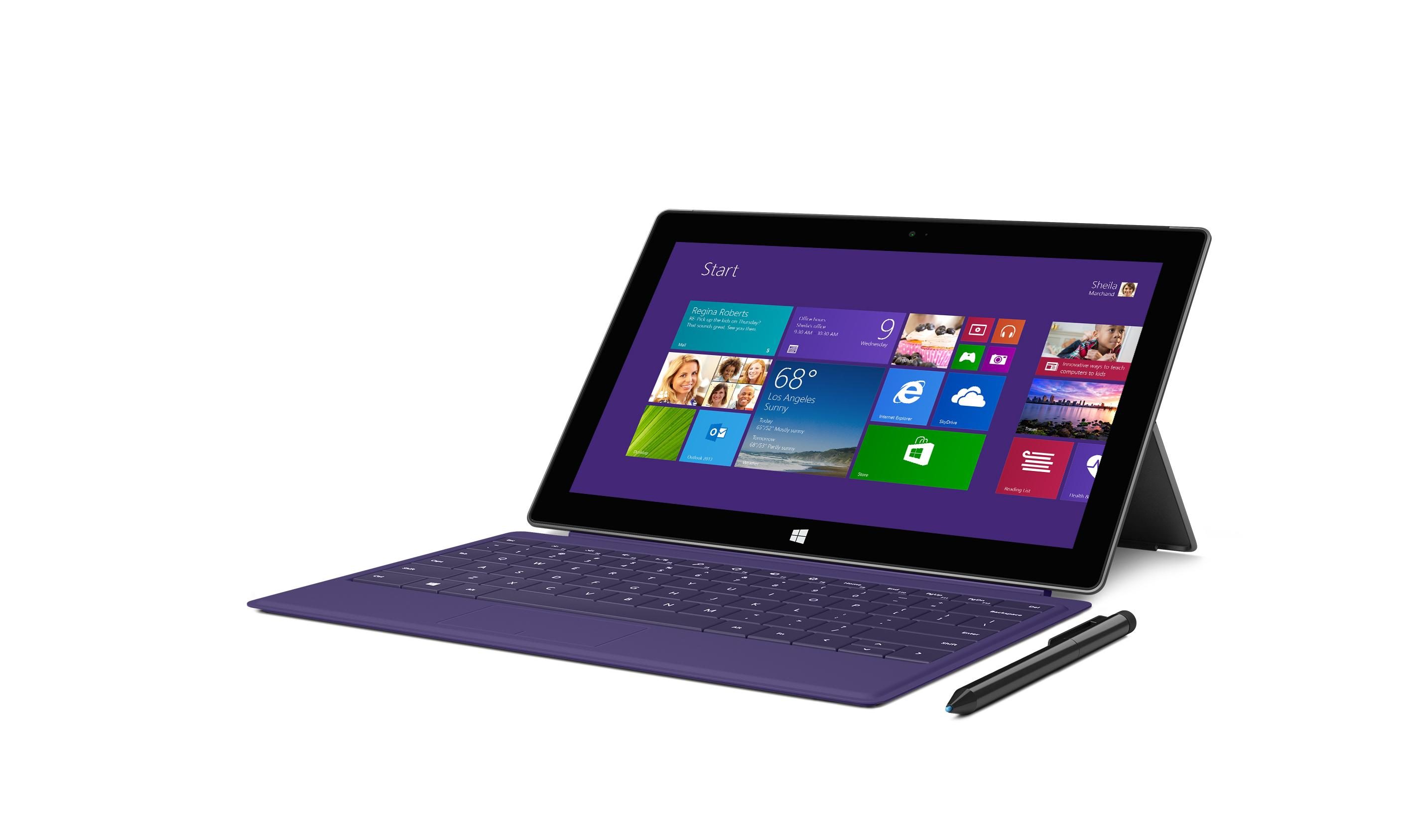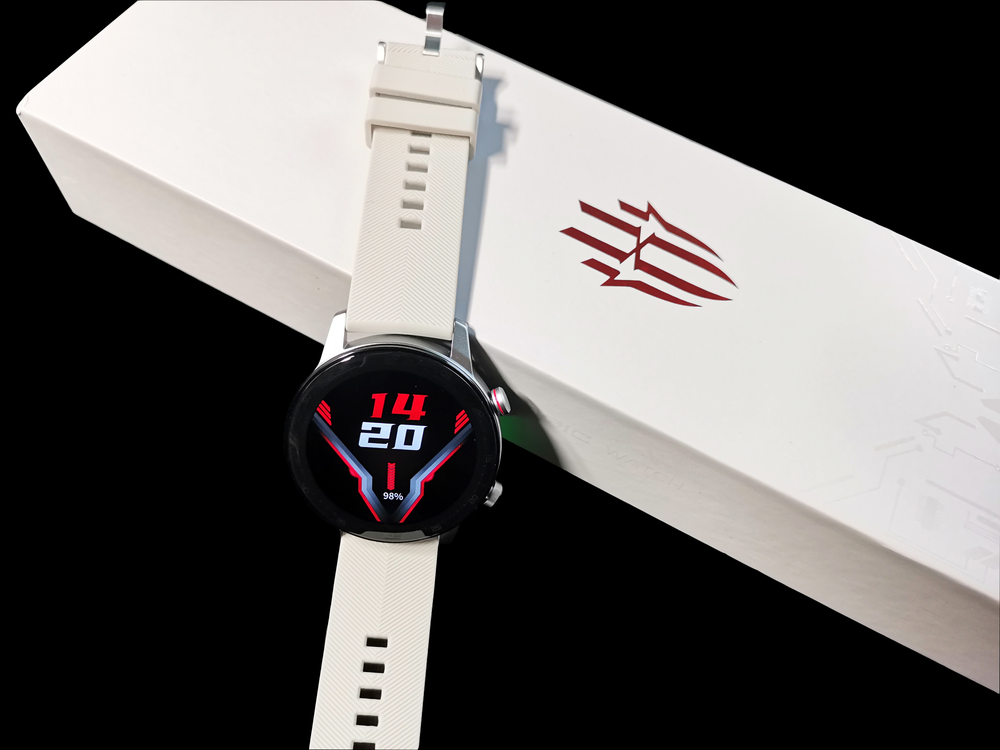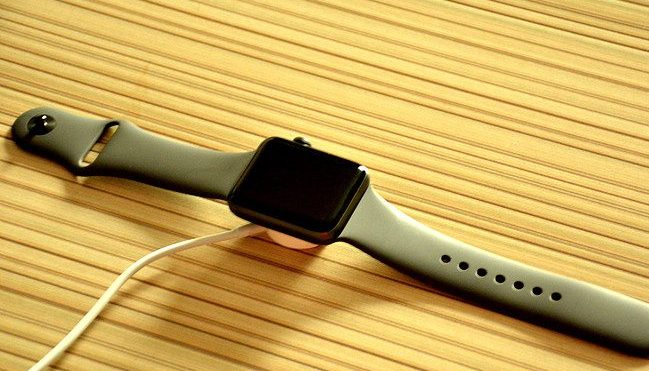Microsoft Surface Pro 7 – the most powerful 2-in-1 laptop, didn’t create again its windows tablet predecessors when it had launched in 2019, well…whereas instead iterated on a time-tested design by delivering better performance and adding a C port. Almost 1 year and a half later, here in this year – 2021, it keeps the alpha dog among 2-in-1 detachables. A handful of competitors have come for the crown (full support for its Surface stablemate, the surface pro x, never quite materialized), and bending, non-detaching 2-in-1 convertible laptops are worthy alternatives. But the Surface Pro design is still our favorite among pure detachables. (A model with updated components, the Surface Pro 7+, is also now available; more about that in a bit.) The physical design is showing its age somewhat—we anticipate a new-look edition next time around—but it still has strong tablet chops. Given you’re looking for a less expensive 2-in-1 to use when working in what passes for mobile fashion these days, shuttling from room to room instead of airport to airport, the Pro 7 is the go-to in its category for a reason.
click here to buy the related product

After few years of tweaks and alterations across the first few models, Surface Pro’s design has stayed more or less the same over the last four iterations. You are able to set the Surface Pro 7 alongside the previous versions and, aside from color variations (our surface pro 6 model was the first to come in all black), not be able to tell them apart at a glance. The inclusion of the C port gives this away, whereas they’re otherwise near-interchangeable.
The magnesium-alloy design feels high quality, and it’s a relatively compact and sleek device. It measures 0.33 by 11.5 by 7.9 inches (HWD) and weighs 1.7 pounds—a very portable machine no matter how you slice it. For comparison, the XPS 13 2-in-1 comes in at 0.51 by 11.7 by 8.2 inches and 2.9 pounds, and shows itself as a laptop first. On its own, the Pro 7’s platinum-colored industrial look hasn’t aged badly, even though I did grow fond of the Pro 6’s black paint job.

click here to buy the related product
The Surface Pro 7 still looks slick, but the problem is becoming the context, and it’s an issue, at least in part, created by Microsoft itself. By 2021’s standards, the design is looking a bit dated, especially the thick screen bezels. This was made more obvious by the emergence of the Surface Pro X, originally revealed alongside the Pro 7. The Pro X boasts the slimmer, rounder edges and thinner bezels that you might expect out of a contemporary top-tier Surface Pro device. When the two are next to each other, the Pro X looks decidedly more modern.
Definitely, it’s not a matter of just applying that design to the Surface Pro 7, or Microsoft would have done so. The Pro X is an ARM-based device while the Pro 7 uses an Intel chip, and the latter is a more fully featured, conventional Windows computer. The Pro X’s components need less physical space and cooling leeway to operate, allowing the thin design. If you demand something closer to a tablet experience, the Pro X is a beautiful option, but it lacks the broad functionality of the usual Windows laptop. there is no need to worry about which programs you can run or how they will work on the Surface Pro 7. Are they compiled for ARM? Are they 64-bit or 32-bit?

click here to buy the related product
In terms of using the Surface Pro as both a laptop and a tablet, the same pros and cons remain given the unchanged design. I won’t assume everyone is as familiar as I am with the Surface line, though, so here’s a rundown.
The inside rear kickstand, which has been the subject of mimicry since its debut, is executed just like on the previous model. A fully adjustable hinge allows you to recline the screen through 165 degrees of range, including nearly flat, which is able to be helpful when using the stylus for sketching or note-taking. The Surface models featured a hinge with a restricted number of set adjustment, thus this “free range” system is still very much preferable.

click here to buy the related product
The kickstand is half the battle in turning the Pro 7 into the laptop. It’s the Surface Type Cover—the detachable keyboard also subject to many copycats over the years—that can make the magic happen.

The keyboard is an integral part of the experience—Microsoft rarely shows or advertises the two apart, and it’s the keyboard that completes the 2-in-1 concept. Without it, the Surface Pro is a nice, and costy, tablet. It is a great keyboard for its sort. Despite its thinness, the Type Cover offers a surprisingly comfortable typing experience, with good key travel. There’s also backlighting, adjustable through several levels of brightness. The keyboard is a little flimsy if you press down too much, especially if you’re not using it on a desk (more on that in a moment), but it’s still more than serviceable, and one of the best among all detachables.

A slightly upgraded version of the Surface Pro 7 debuted in 2021. Intended for business and education customers, the Surface Pro 7+ is physically nearly identical to the Surface Pro 7, but it comes with a few upgrades inside. In addition ditching the 10th Generation Intel processors of the Surface Pro 7 for the latest 11th Generation processors, the Surface Pro 7+ also comes with a removable boot drive. This allows IT departments easier access during repairs and replacements, and it also lets users with extremely sensitive data store the Surface Pro 7+’s boot drive in a separate location from the device.
Thus , Surface Pro 7 actually is worth to buy.






